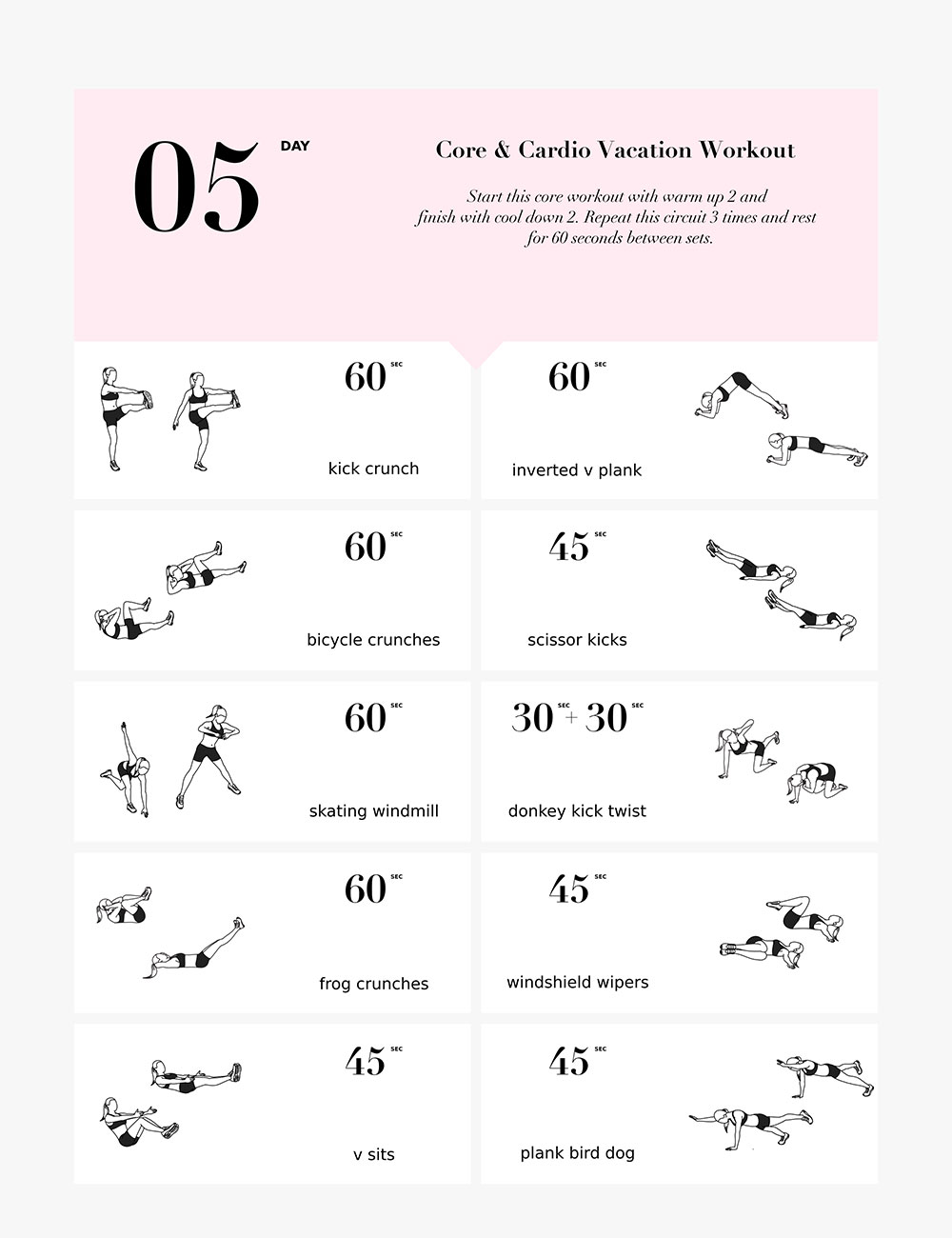
A career as a personal coach is an option for you if your passion is helping people reach their fitness goals. The average annual salary for a personal trainer is $45,650. However, many factors can affect your salary, including your education, years of work experience, and where you live.
Although you won't make a lot of money as a personal coach, it is possible to work for a well-established company and still make a decent living. Individual trainers are also available to companies and organizations, offering their services for corporate wellness programs and other exercise alternatives to workers looking to improve their fitness.
You must hold a high school diploma, GED or certification in fitness and CPR to be able to work as a personal coach. You can also attend a community college or university to gain further education. The average cost of a postsecondary degree is $1,600. Depending on your locality, financial assistance may be available.

Most personal trainers work in a gym. These positions provide the opportunity to learn more on the business side. As a coach for clients, you will educate them about nutrition and weight management.
Start your own personal trainer business if you are serious about starting one. You need to first assess the supply and demand. Independent trainers have to make their services unique and distinct. In order to build a strong and thriving business, you should also create a solid network and showcase testimonials from happy clients.
Between 2010-2020, Indiana's personal trainers will grow by 21 Percent. This is nearly two-thirds more than the national average. There are many options for those who want to specialise in a particular area or seek a general career in a growing industry.
To increase your earnings, you can become a certified professional coach. Professional trainers have a higher average salary than others, and can also work with high school athletes, older adults, and those with specific medical concerns. You can earn more if you have multiple certifications and specialized titles.

Personal trainers could earn as much as $71,500 each year. This amount is based on a study conducted by the U.S. Bureau of Labor Statistics. It includes bonuses, taxable wages, and other compensation. However, Indiana's average personal trainer salary falls below the national average.
The best personal training helps clients remain healthy. They give advice on nutrition and weight loss and provide customized programs for clients. Using social media and engaging in fitness communities can help you reach more people and grow your client base.
Commercial gyms, clubs and insurance companies are some of the biggest employers of personal trainers. Indiana is home to a growing number specialized fitness studios.
FAQ
Can I eat when I'm working out?
Yes. Yes. You can eat whatever you want while you exercise. You should choose low-calorie snacks, such as watermelon (carrots, celery), apples, bananas and grapes. These foods are rich in nutrients that will help you work out better.
Which Is more important? Exercise, diet, sleep?
The answer depends on what you want to achieve. The most important thing to do if you are looking to lose weight is diet. For building muscle mass, exercise is key. Sleep is not as important as it seems, since it has no effect on how you perform throughout the day.
What is Resistance Training?
Resistance training uses weights or other objects to perform certain movements. Lifting weights helps strengthen your arms, shoulders, chest and back, as well as your legs, hips, and core. Resistance training improves muscle mass, bone density and overall strength.
What is Cardio Exercises?
Cardiovascular exercises require your heart and lungs work harder than usual. These include swimming, running, bicycling or rowing. These activities are great for burning fat and increasing metabolism. They also strengthen your heart and lungs, which makes them great ways to stay fit.
Statistics
- Physical activity confers the following maternal and fetal health benefits: a decreased risk of pre-eclampsia, gestational hypertension, gestational diabetes (for example, 30% reduction in risk) (who.int)
- Globally, 81% of adolescents aged 11-17 years were insufficiently physically active in 2016. (who.int)
- In high-income countries, 26% of men and 35% of women were insufficiently physically active, as compared to 12% of men and 24% of women in low-income countries. (who.int)
- An estimated 110,000 deaths per year could be prevented (cdc.gov)
External Links
How To
How to motivate yourself for a healthy fitness routine
A fitness plan is a set or sequence of exercises that are done regularly for a particular time. It can help people tone and build muscle. Regular exercise improves cardiovascular health, blood pressure, cholesterol, risk of heart disease, stroke, diabetes, anxiety, stress and obesity, as well as other diseases like depression, anxiety and osteoporosis. Regular exercise has psychological benefits as well. It improves self-esteem, self-confidence, mood, energy, sleep quality, social interaction, and self-confidence.
Why would you choose to make your own fitness program?
You can lose weight and improve your health by following a workout routine. But why should you follow one? Let's find out!
What does it mean, to be a part of a fitness program?
It's about engaging in at least three physical activities per week. It doesn't have to take you hours to exercise; 30 minutes is all it takes to burn calories, keep you fit, and help you stay healthy. It doesn't matter how long you do it for, the most important thing is to stick with your plan. It doesn't matter if you skip a day or two. Just keep going.
How much time will I need to devote to my workouts?
Your level of busyness will determine how long it takes. An average workout takes 20-30 mins. Begin slowly with just five to 10 minutes if this is your first time exercising. After you get used to it, gradually increase the duration.